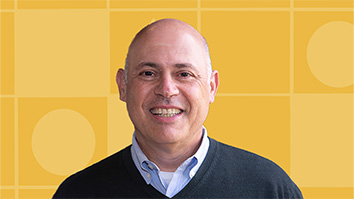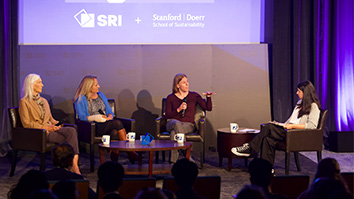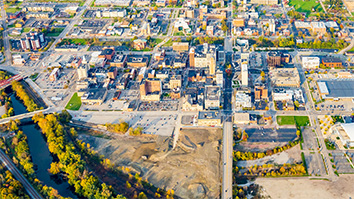Citation
Strat, T. M., & Fischler, M. A. (1985). One-Eyed Stereo: A Unified Strategy to Recover Shape From a Single Image. SRI INTERNATIONAL MENLO PARK CA ARTIFICIAL INTELLIGENCE CENTER.
Abstract
A single two-dimensional image is an ambiguous representation of the three-dimensional world–many different scenes could have produced the same image–yet the human visual system is extremely successful at recovering a qualitatively correct depth model from this type of representation. Workers in the field of computational vision have devised a number of distinct schemes that attempt to emulate this human capability; these schemes are collectively known as “shape from….” methods (e.g., shape from shading, shape from texture, or shape from contour). In this paper we contend that the distinct assumptions made in each of these schemes must be tantamount to providing a second (virtual) image of the original scene, and that any one of these approaches can be translated into a conventional stereo formalism. In particular, we show that it is frequently possible to structure the problem as one of recovering depth from a stereo pair consisting of the supplied perspective image (the original image) and an hypothesized orthographic image (the virtual image). We present a new algorithm of the form required to accomplish this type of stereo reconstruction task.


